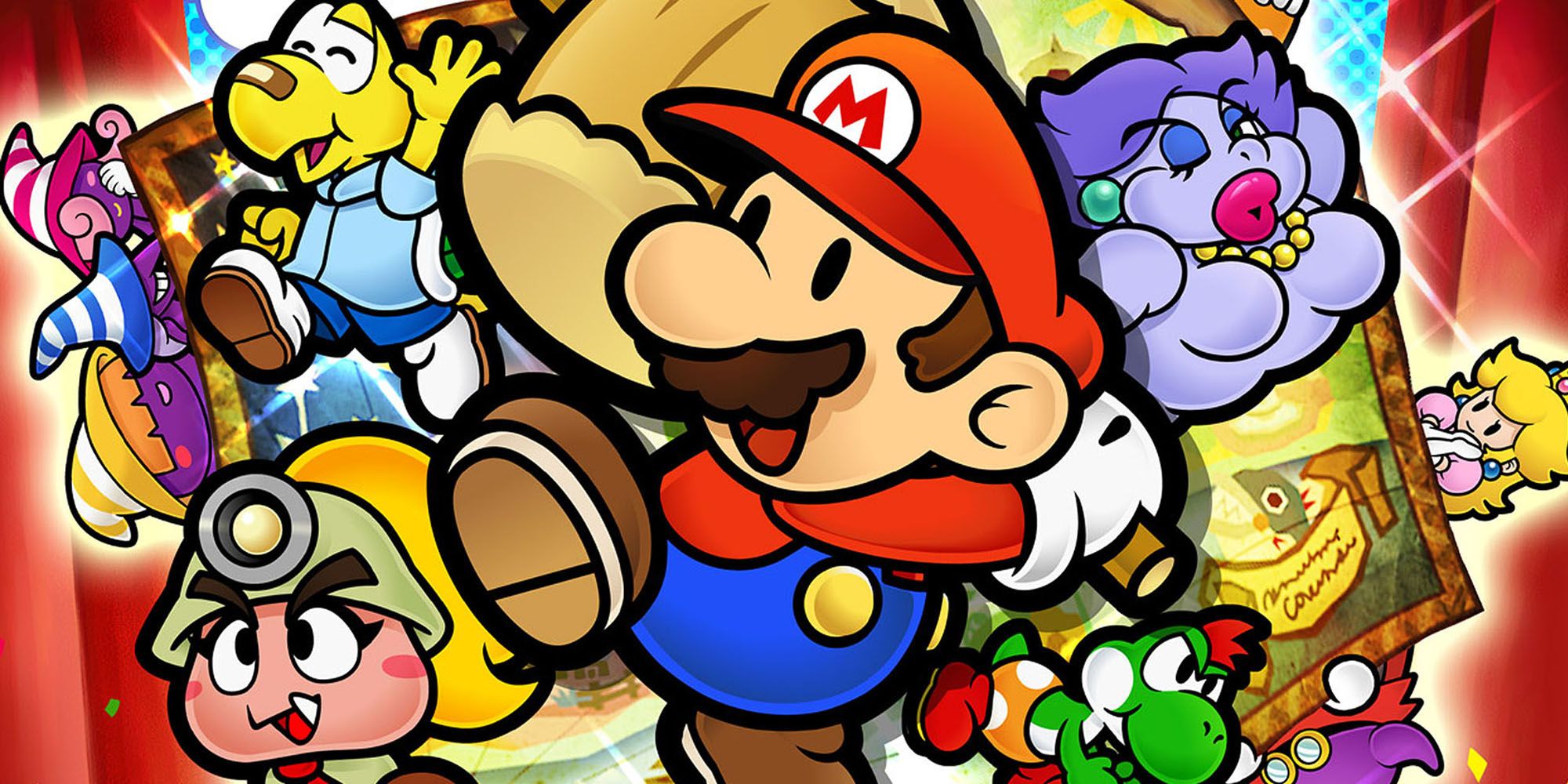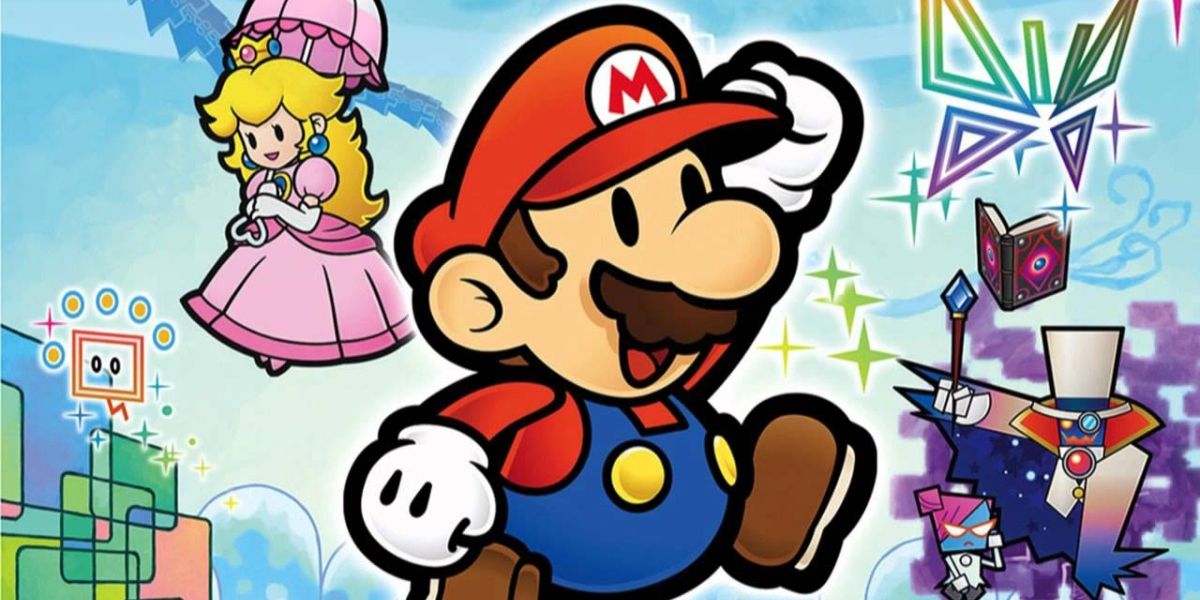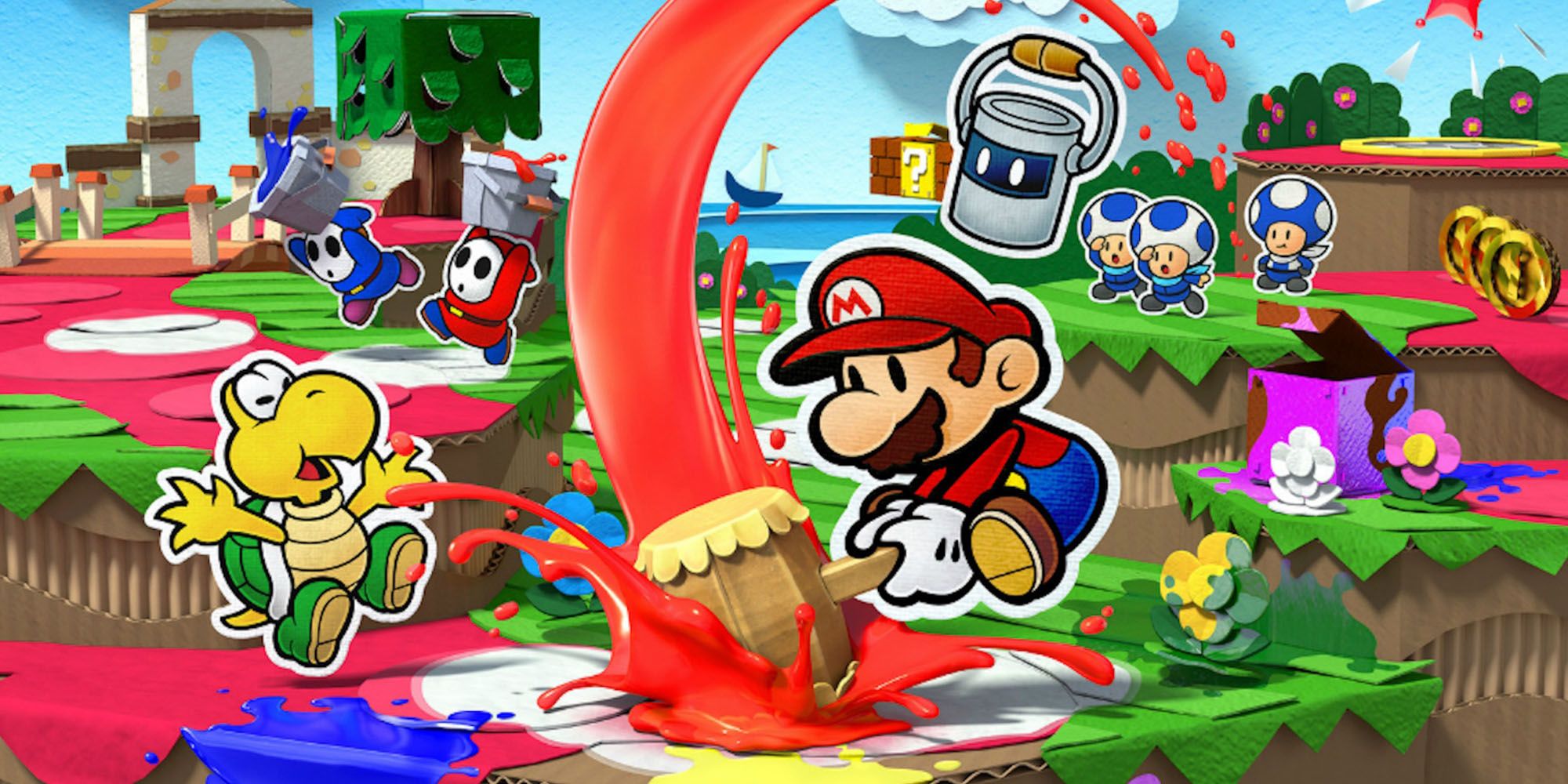Paper Mario was the Mario RPG series that really took off. We may never see a re-release or revisit of Super Mario RPG: Legend of the Seven Stars, but at least the Paper Mario franchise might still live on. A new title in the series is rumored to be releasing this year along with remasters of various other Mario titles for the Nintendo mascot's 35th anniversary this year.
While nothing has been confirmed yet, the idea of a new Paper Mario game is exciting, if not a bit concerning. Recent games in the side-series have not been warmly received, so fans can only hope Nintendo will lay down the cards and return to the traditional RPG style of the series’ first two games.
Paper Mario and Paper Mario: The Thousand-Year Door are widely regarded as the best games in the series. They combined simple traditional RPG mechanics like leveling, turn-based combat and gear customization in the form of badges with fun paper mechanics and puzzle solving. Both games have uniques different stories, and it didn’t feel like Nintendo was recycling anything. The first game laid the foundation with unique gear, helper mechanics and combat, while the second added more with paper related mechanics and new helper skills. But after Thousand-Year Door, Nintendo chose to experiment with the series by steering it in a new direction.
The following Paper Mario game, Super Paper Mario, was nothing like the previous games. Though not a bad game, Super Paper Mario was not an RPG, but a platformer that used the series' art style. The game featured its own unique mechanic where the player could flip the world to see it in a different view, something that had the potential to transfer into the next RPG. That didn’t happen.
Instead, Nintendo implemented a card battle mechanic using stickers in Paper Mario: Sticker Star, and this is when the series really took a turn. Not only had the combat changed entirely, but there was almost point to it anymore, as the leveling and gear systems were removed. While the following game, Paper Mario: Color Splash, added a semi-leveling mechanic in the form of upgrading the Paint Hammer, it’s very passive and doesn’t feel rewarding. Color Splash also continued the card battle style of combat. These two changes made the games feel hollow, since the only goal aside from making it to bosses is collecting everything.
A new Paper Mario should return to the leveling system in which players had a choice in upgrading Mario’s stats. In the older games, players could choose to make him a tank by maxing out HP or a "flower-house" with FP to spam special moves.
Badges should also make a return since they provided further customization options between their sheer numbers and Mario’s limited badge points. There were badges for every situation, and they could be changed at will like gear in typical RPGs. There were also hidden badges which required skill or exploration to retrieve. For the most part, the cards and stickers in the last two titles are gained from enemies, and there aren’t really any secret ones. Fight enough bad guys while doing the story, and eventually, you’ll have all the cards to use in battle or collect.
Thousand-Year Door did combat best by building on what the first game had. It added an audience feature that could affect battles based on the crowd and stage quality, which changed as Mario leveled up. Certain bosses also interacted with the crowd (good or bad) to affect the battle, and it made for some really fun combat scenarios. Seeing this feature return, perhaps with the ability to choose how to set the stage every few levels or in a new format entirely, would help reinvigorate the series. In general, a return to the old combat system with partners, the jump and hammer and specials would be very welcome.
Not all of the changes of the later Paper Mario games should be completely abandoned. For example, the cut-out mechanic (in which players cut out a piece of the world or added an object to it to complete a task or reach an area) could still be incorporated alongside the paper techniques from Thousand-Year Door and the combat system of the first two games. They all have their place in the Paper world and would work well together.
Since the special cards start out as 3D objects, why shouldn’t Mario have the ability to pocket them as is in a new title? And receiving the shoe and hammer upgrades were always an exciting moment because it meant Mario could complete new puzzles and backtrack to areas he couldn’t access before.
Color Splash had some great moments, like when the world was rolled up by Shy Guys, the usage of tape to block access to certain locations and the painting mechanic in general. Nintendo has always come up with creative ways for Mario to interact with his surroundings as paper, so hopefully it can do so again while returning to Paper Mario’s foundations.



